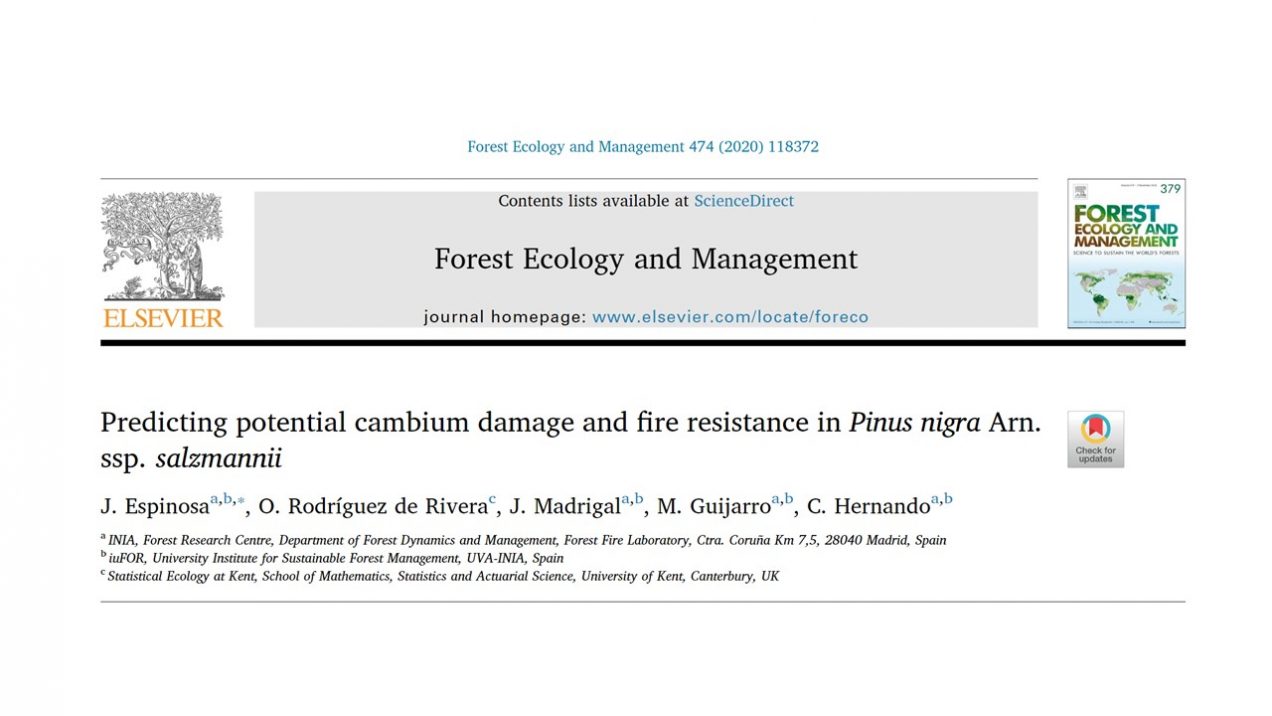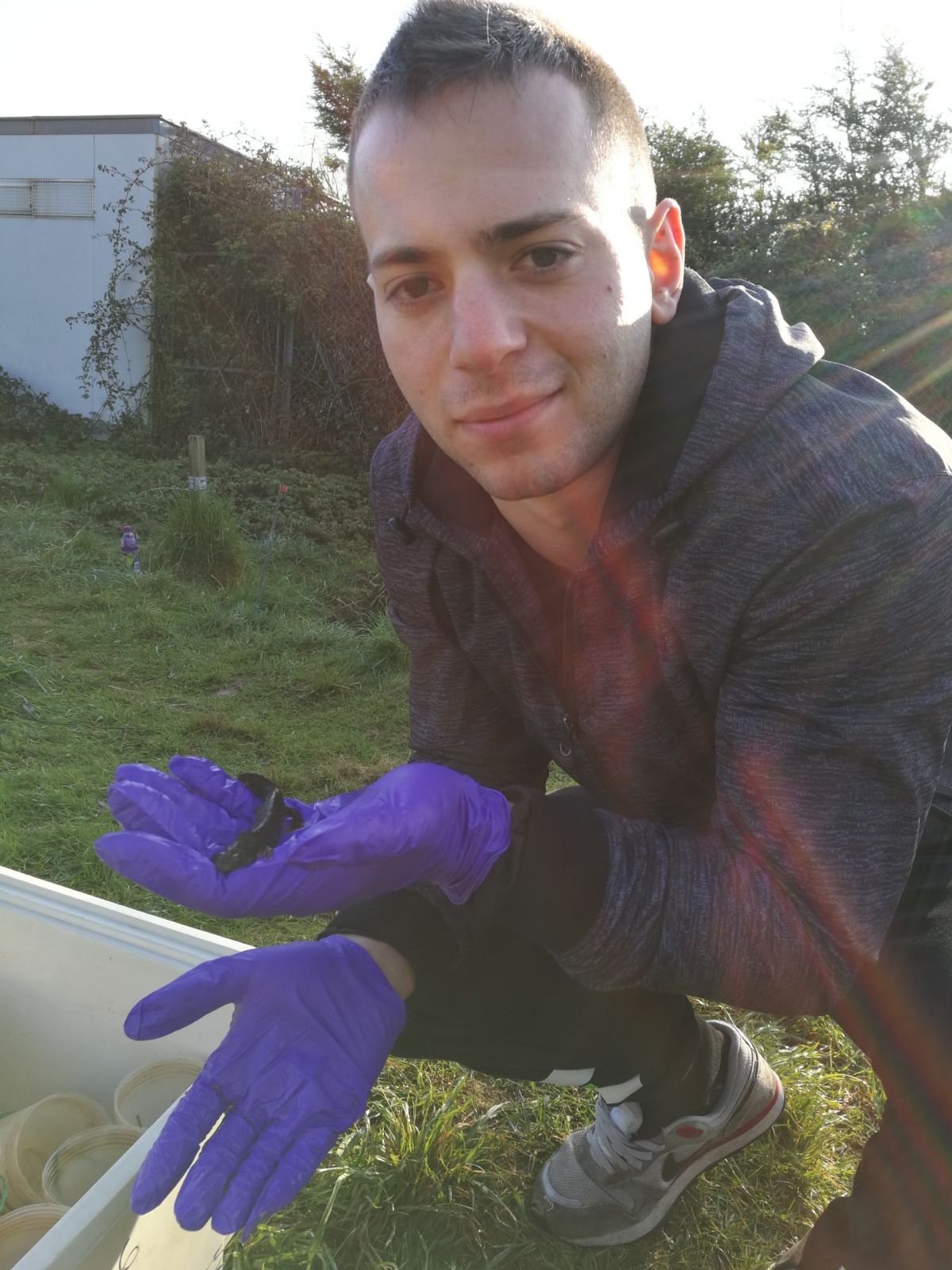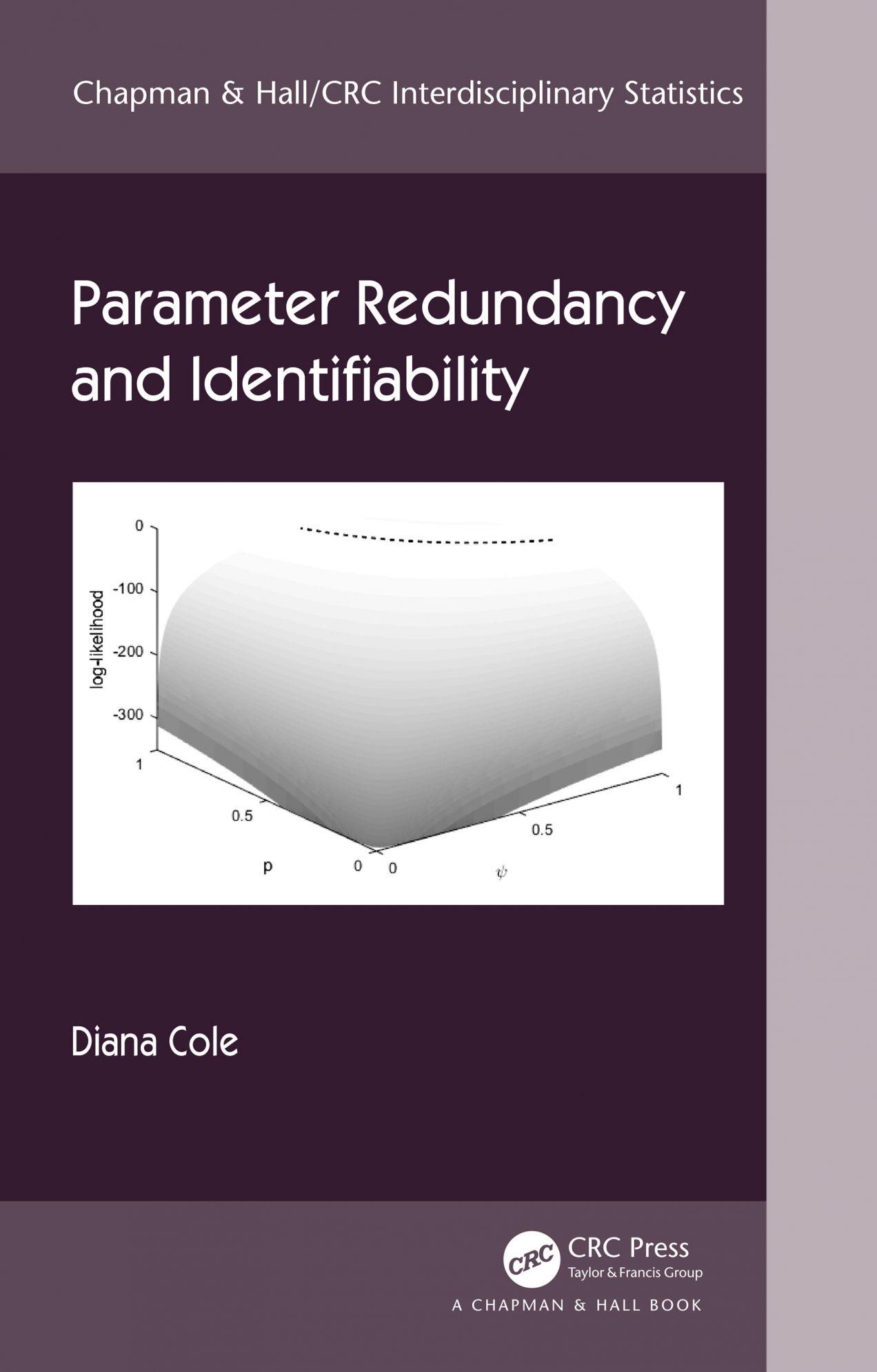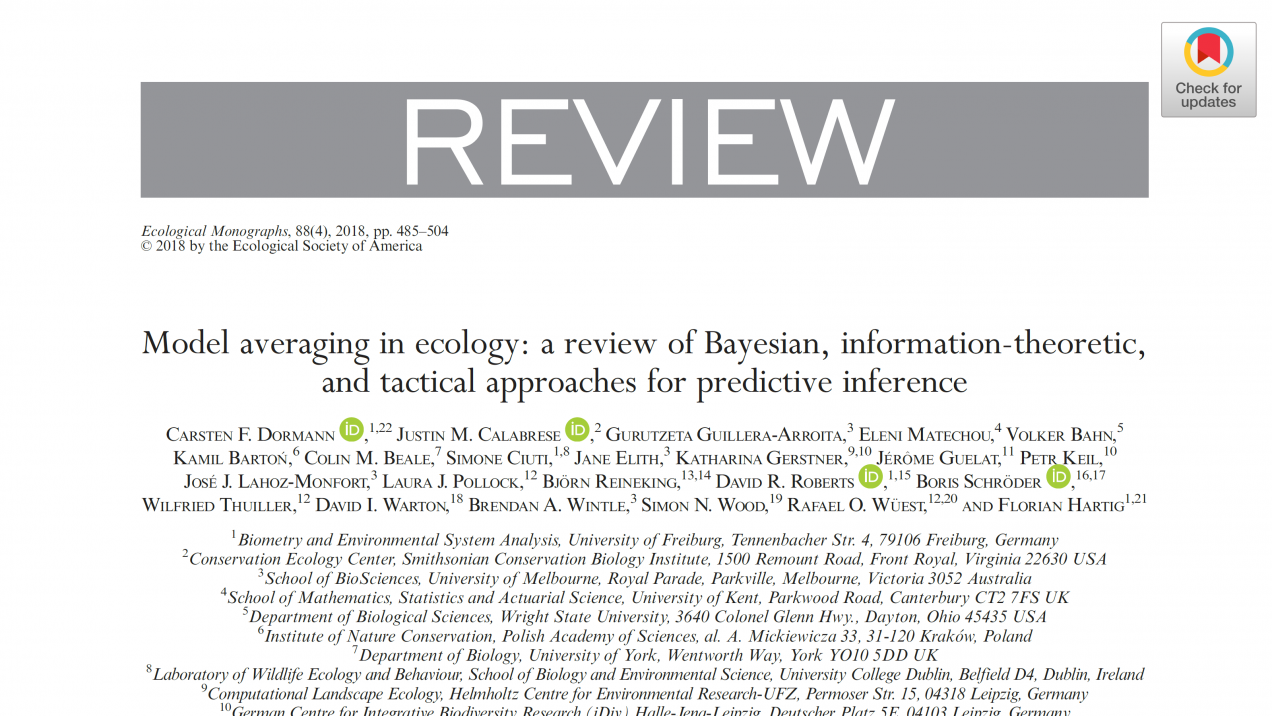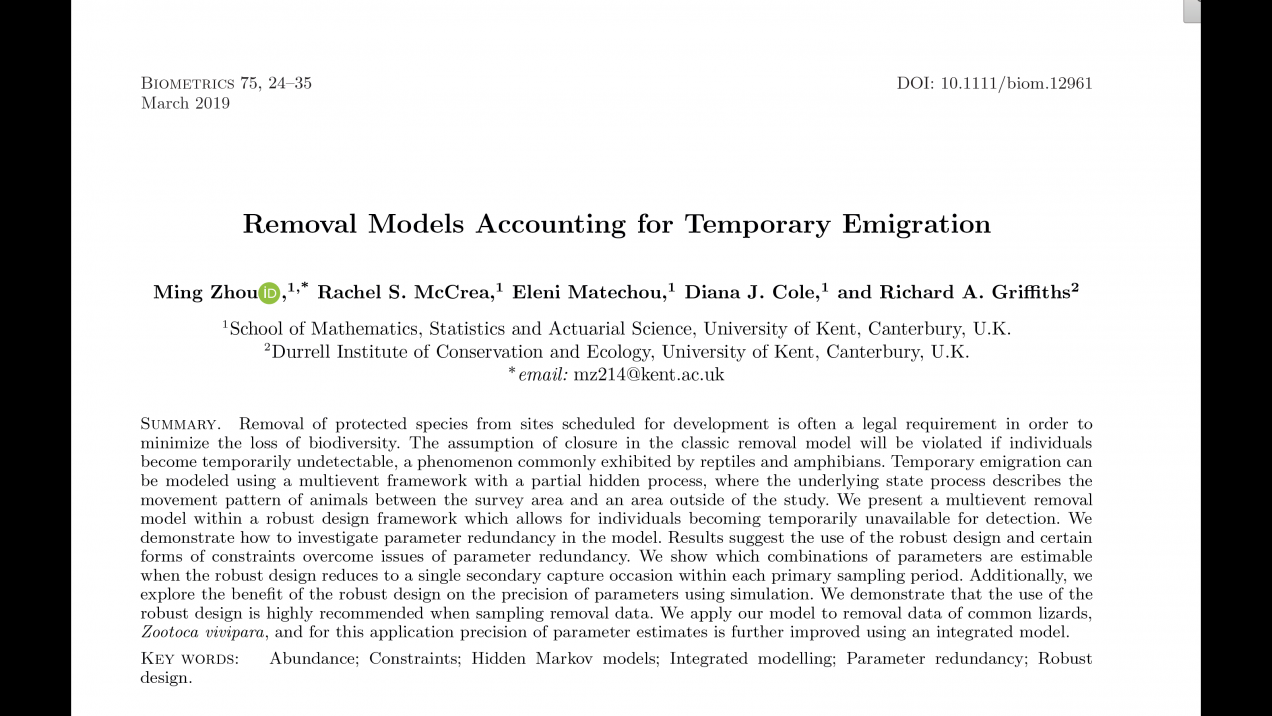The paper, A Generic Method for Estimating and Smoothing Multispecies Biodiversity Indicators Using Intermittent Data, by Stephen Freeman, Nicholas Isaac, Panagiotis Besbeas, Emily Dennis and Byron Morgan has just been published in the Journal of Agricultural, Biological and Environmental Statistics
https://doi.org/10.1007/s13253-020-00410-6
Abstract
Biodiversity indicators summarise extensive, complex ecological data sets and are important in influencing government policy. Component data consist of time-varying indices for each of a number of different species. However, current biodiversity indicators suffer from multiple statistical shortcomings. We describe a state-space formulation for new multispecies biodiversity indicators, based on rates of change in the abundance or occupancy probability of the contributing individual species. The formulation is flexible and applicable to different taxa. It possesses several advantages, including the ability to accommodate the sporadic unavailability of data, incorporate variation in the estimation precision of the individual species’ indices when appropriate, and allow the direct incorporation of smoothing over time. Furthermore, model fitting is straightforward in Bayesian and classical implementations, the latter adopting either efficient Hidden Markov modelling or the Kalman filter. Conveniently, the same algorithms can be adopted for cases based on abundance or occupancy data—only the subsequent interpretation differs. The procedure removes the need for bootstrapping which can be prohibitive. We recommend which of two alternatives to use when taxa are fully or partially sampled. The performance of the new approach is demonstrated on simulated data, and through application to three diverse national UK data sets on butterflies, bats and dragonflies. We see that uncritical incorporation of index standard errors should be avoided.

